How 1920s surrealism impacted modern design
A new show at Vitra Design Museum titled ‘Objects of Desire: Surrealism and Design 1924 – Today’ records how the avant-garde art movement influences design today
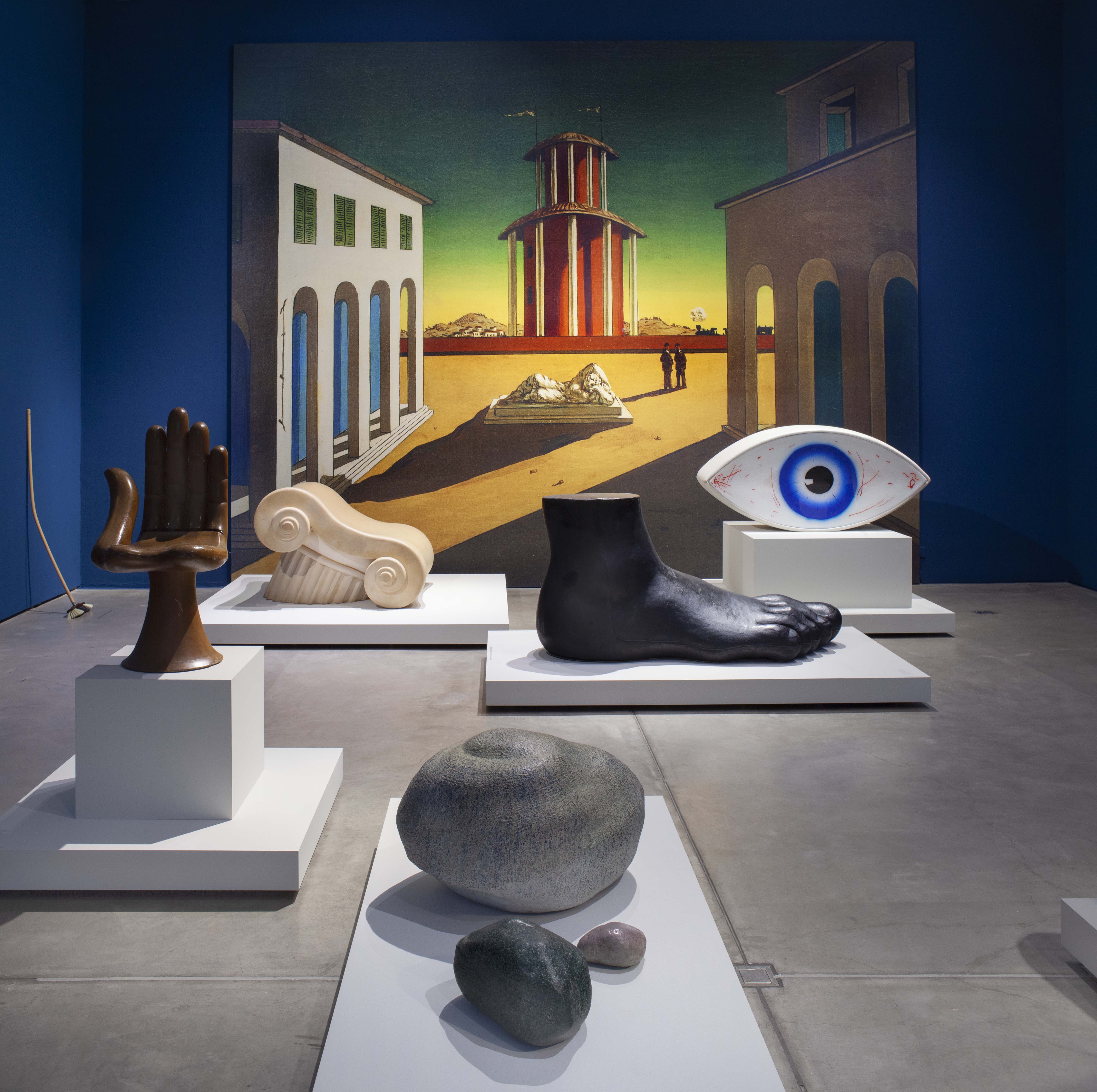
Dan Tobin Smith - Photography
Surrealism was one of the most important artistic movements of the last century. But how did the principles of surrealism, that originated in Paris' avant-garde circles of the 1920s, translate into the period's design? This is the question posed by Vitra Design Museum, which has opened exhibition ‘Objects of Desire: Surrealism and Design 1924 – Today’.
‘Surrealism was one of the most influential artistic movements of the 20th century. Many works by surrealists such as Salvador Dalí, René Magritte, Meret Oppenheim or Man Ray were inspired by everyday objects and explored the world of dreams, emotions and unconsciousness built into our material culture,’ says Mateo Kries, curator of the exhibition and director of Vitra Design Museum. ‘Since the 1930s, Surrealism has had a significant impact on design, from furniture, interiors and fashion to film and graphic design.’
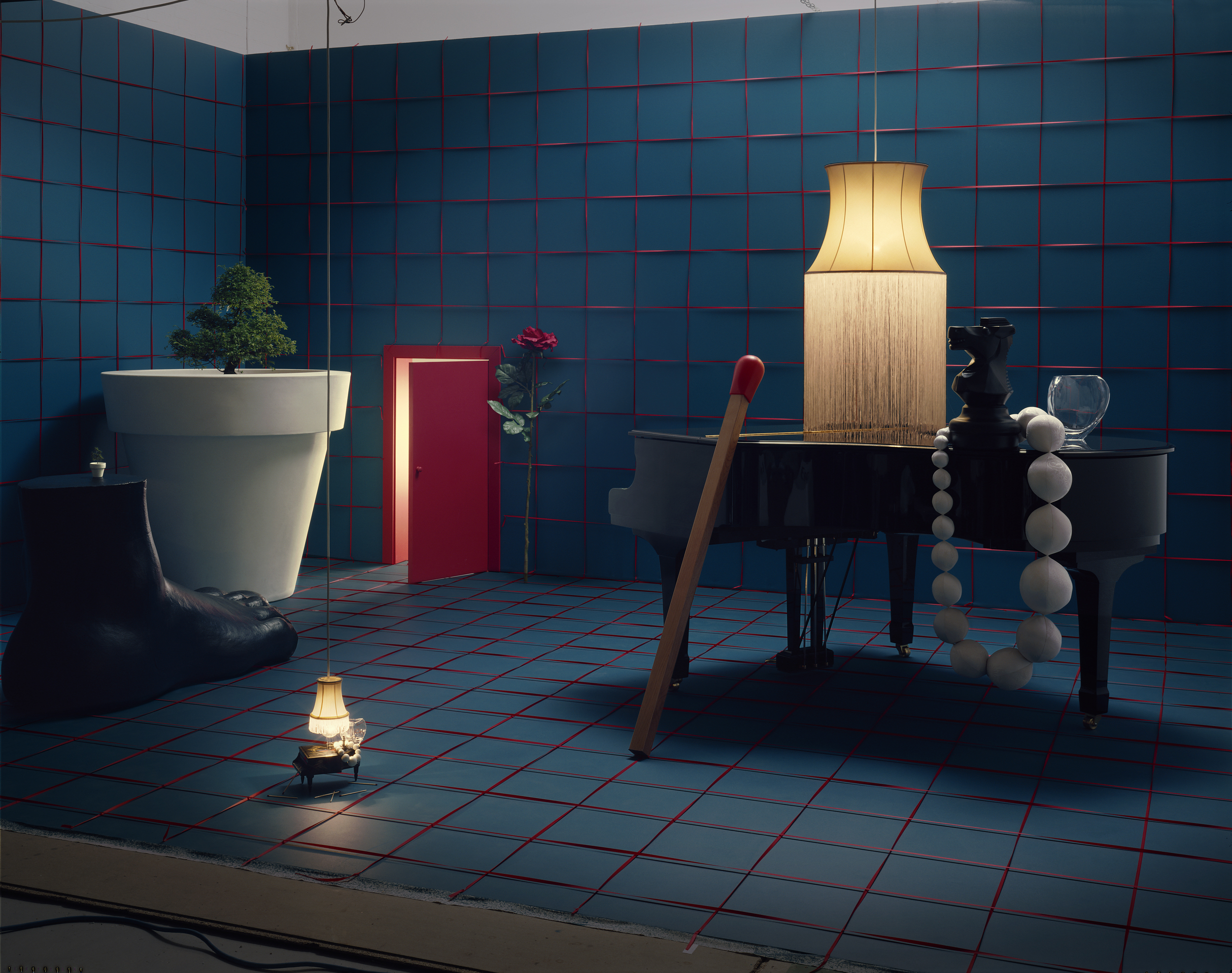
A Matter of Perspective by Dan Tobin Smith, published in Wallpaper* June 2004 (W*69), set design by Lyndsay Milne McLeod. © Dan Tobin Smith
In the history of decorative arts, the topic of surrealism in design was always overlooked as it was dominanted by the modernist movement. It was only in 2007 when the Victoria & Albert Museum in London presented the ‘Surreal Things’ exhibition that the movement and its influence was categorised for the first time on a such a scale.
The French movement was established in 1924, when its spiritual father André Breton founded a Surrealist group. Until now, it has mostly been associated with dreamy and fantastical visions of painters and sculptors. However, soon after its discovery, the concept reached the world of utility objects and interior design too – its ironic principles and absurd stories have since been used by designers across the globe.
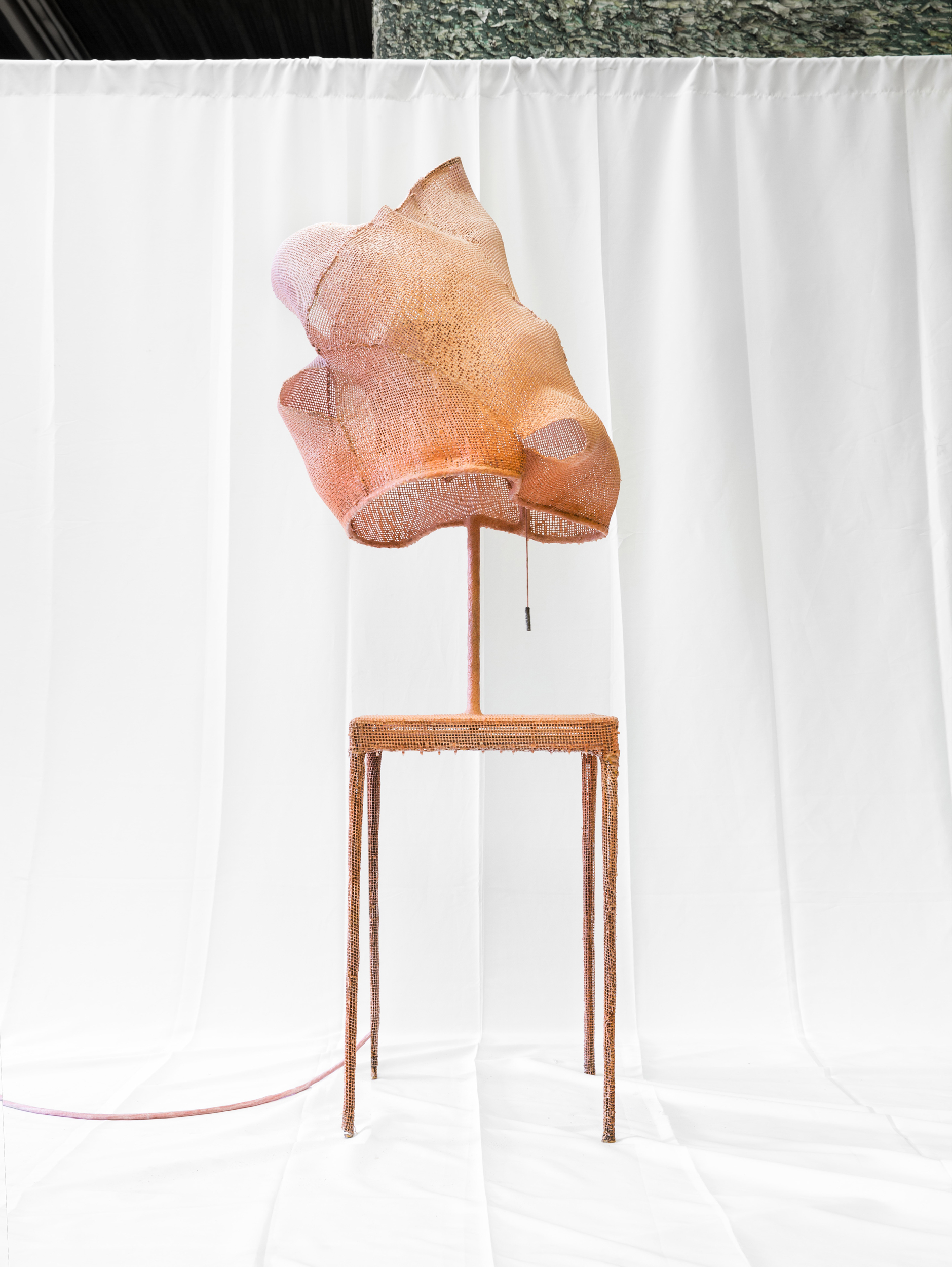
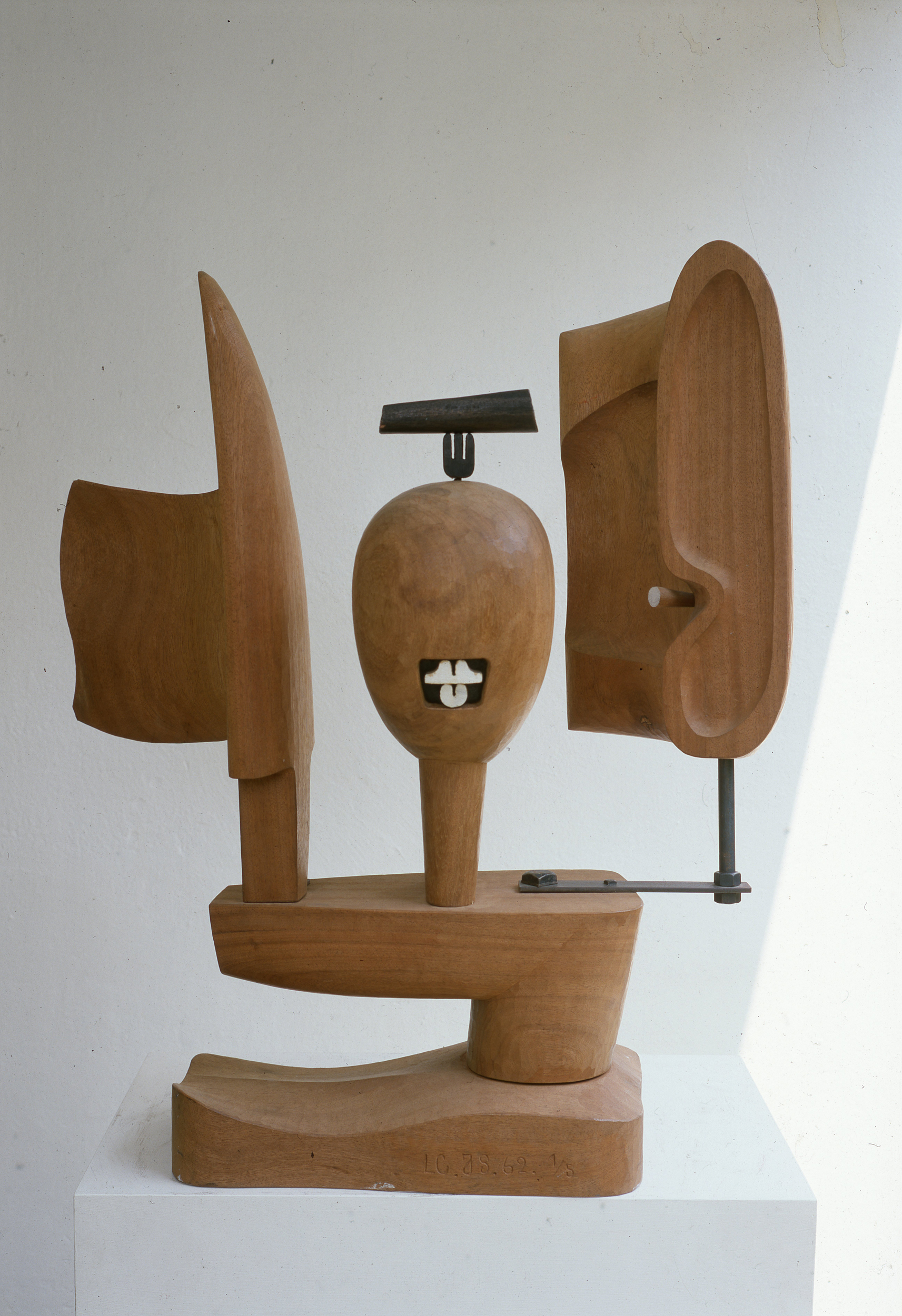
Above, Table Cocoon 8, by Nacho Carbonell, 2015. Courtesy Carpenters Workshop Gallery. Below, Ozon III by Le Corbusier, 1962. © F.L.C/VG Bild-Kunst, Bonn 2019
The exhibition at the Vitra Design Museum presents surrealism as a general tendency or timeless philosophy for the first time. Through a very diverse selection of artists and designers, the showcase tells the story of surrealism and its connection to the material world through many different works.
On display are decorative objects from the golden era of surrealism, created by Salvador Dalí or Jean-Michel Frank, including the famous Mae West sofa. Later, global influence is reflected in the work of Isamu Noguchi, Carlo Mollino, Frederick Kiesler and unorthodox Italian decorator Aldo Tura.
Renowned works of Achille Castiglioni, Ray Eames or Shiro Kuramata are also presented in a new light, layered with ironic jokes and mysterious stories. Evidence of the movement's timelessness is presented by a selection of contemporary artists such as Front Design, Jerszy Seymour, BLESS, and Konstantin Grcic, among many others, highlighting the breadth of surrealist influences in design from past and present.
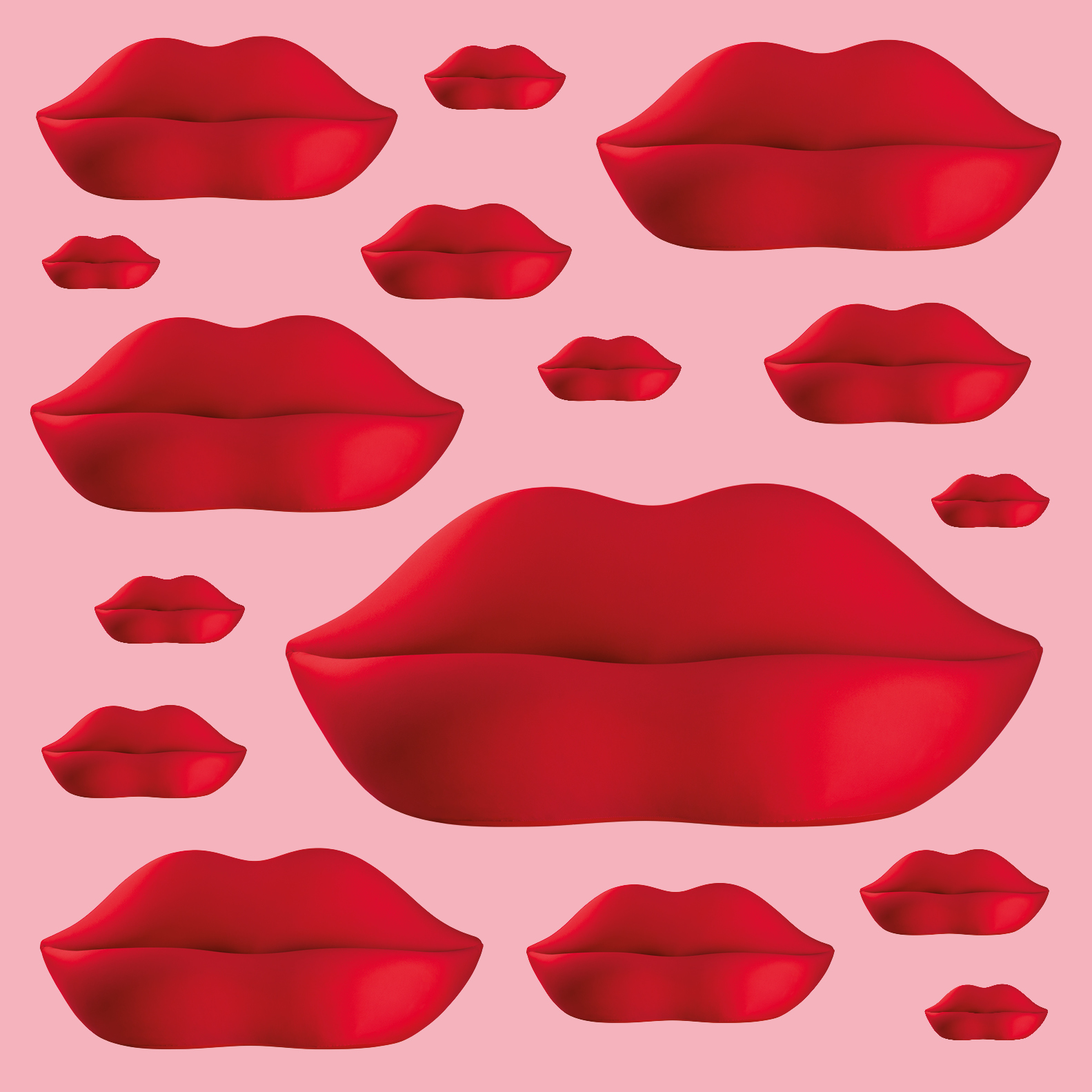
Key Visual for the exhibition including the Bocca (Sofa), 1970. © Gufram/Studio65. Daniel Streat/Visual Fields © Vitra Design Museum
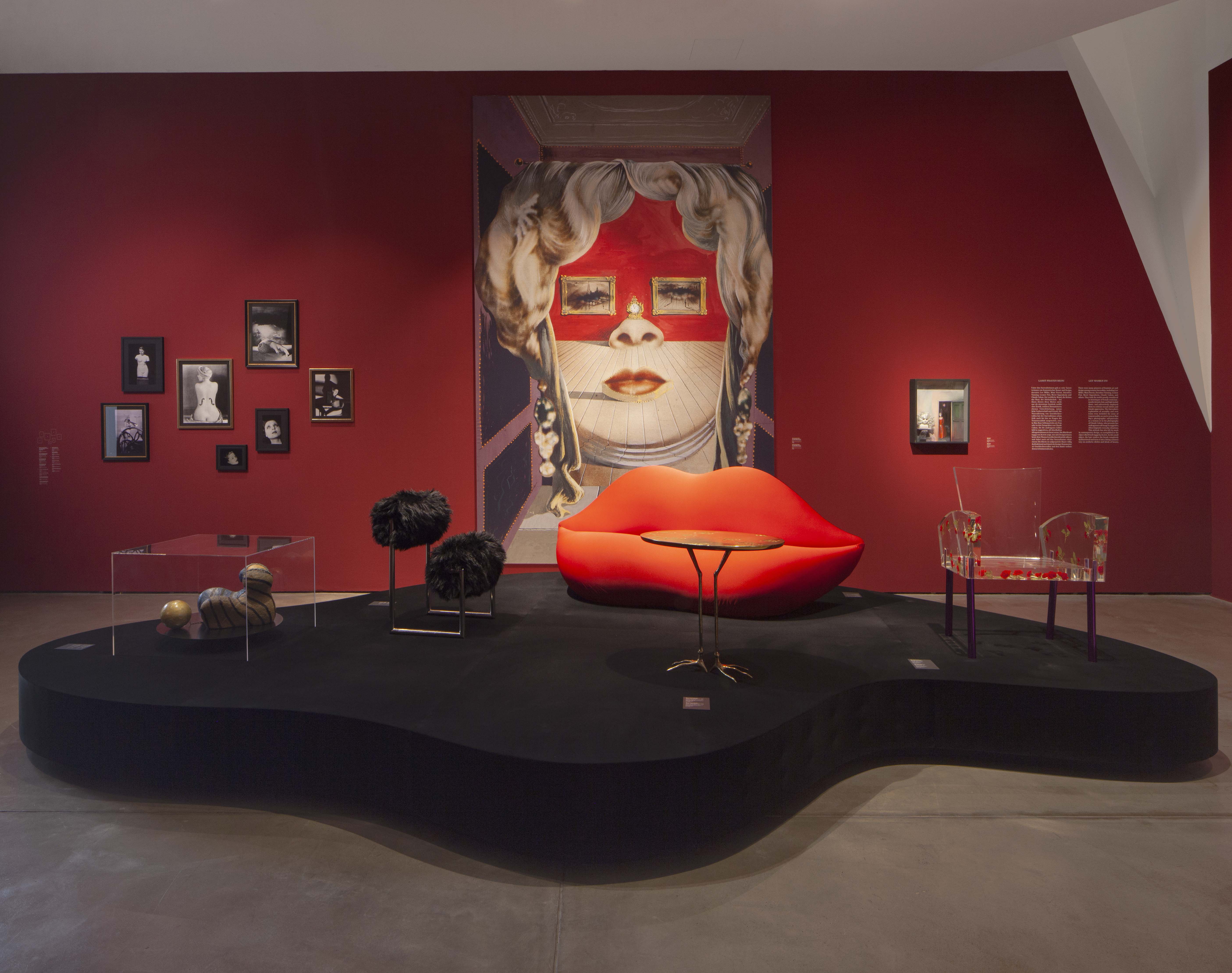
Installation view of ‘Objects of Desire: Surrealism and Design 1924 – Today’ at Vitra Design Museum. © Vitra Design Museum. Photography: Ludger Paffrath
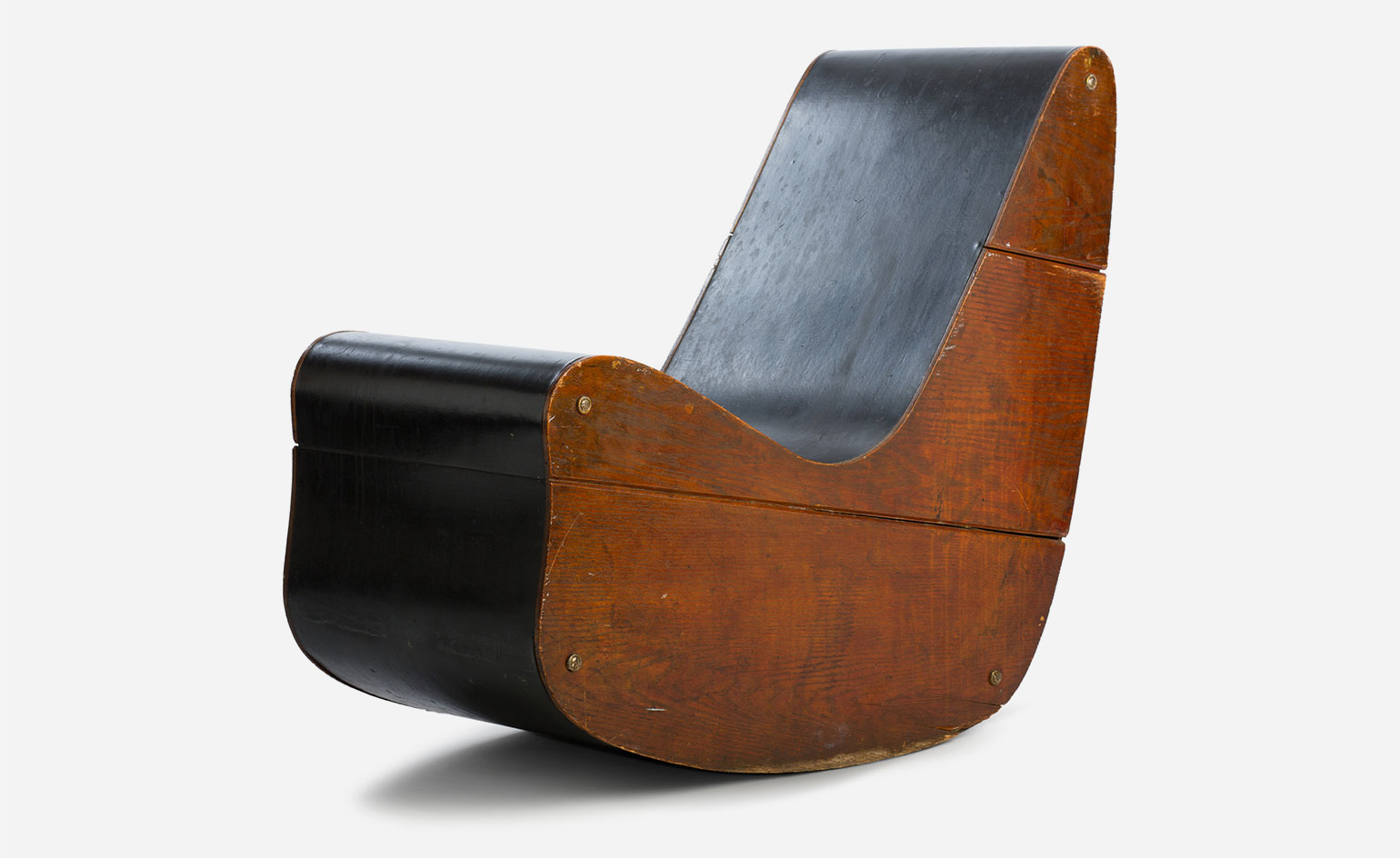
Correalistic Rocker by Frederick Kiesler, 1942. © Vitra Design Museum. Photography: Jürgen
HANS
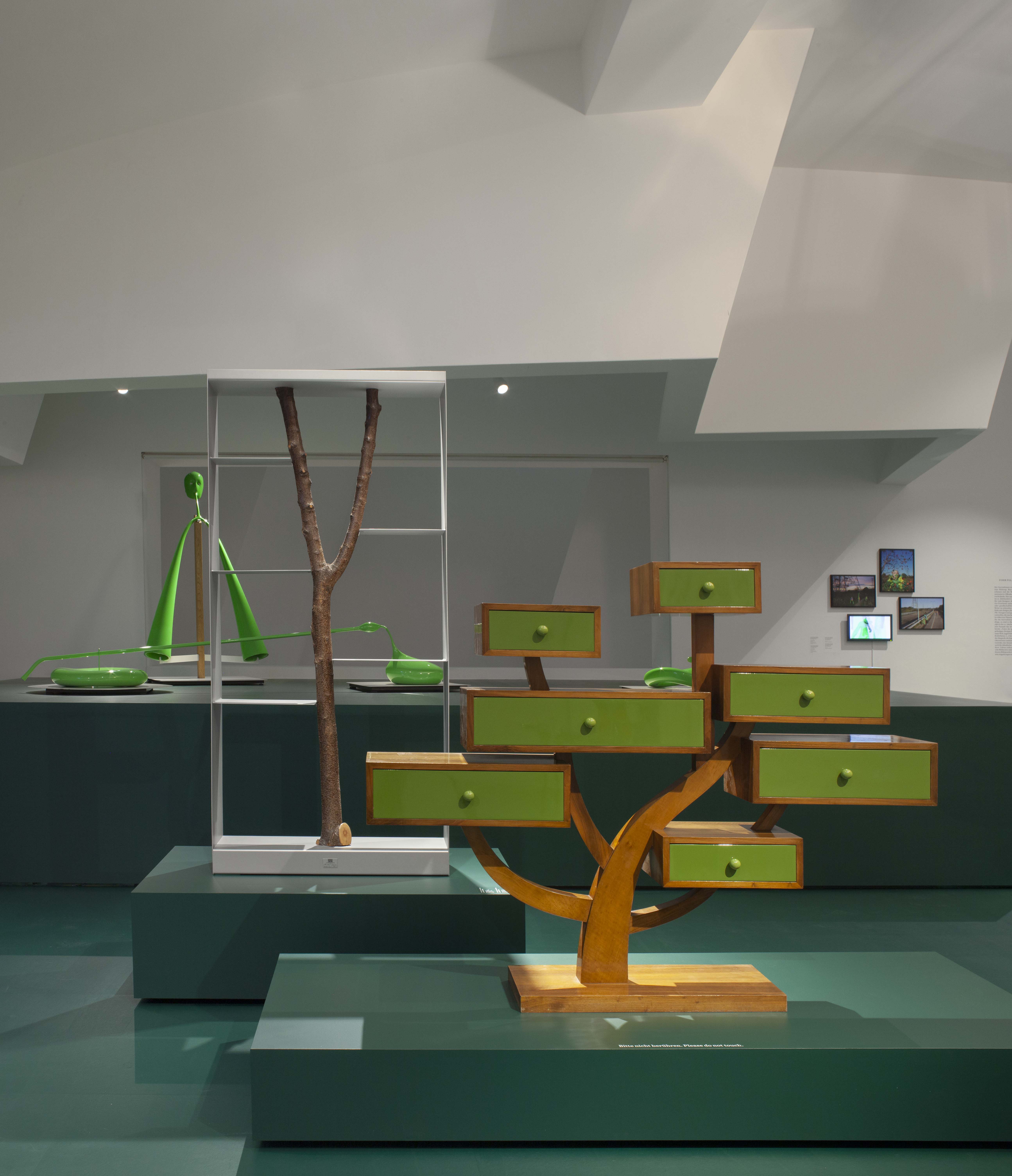
Installation view of ‘Objects of Desire: Surrealism and Design 1924 – Today’ at Vitra Design Museum. © Vitra Design Museum. Photography: Ludger Paffrath
INFORMATION
‘Objects of Desire: Surrealism and Design 1924 – Today’ is on view until 19 January 2020. design-museum.de/en
ADDRESS
Charles-Eames-Straße 2
79576 Weil am Rhein
Germany
Wallpaper* Newsletter
Receive our daily digest of inspiration, escapism and design stories from around the world direct to your inbox.
Adam Štěch is an architectural historian, curator, writer and photographer, based in Prague. He is the author of books including Modern Architecture and Interiors (2006), editor of design magazine Dolce Vita and a contributor to titles including Wallpaper* and Frame, while also teaching at Scholastika in Prague.
-
 Put these emerging artists on your radar
Put these emerging artists on your radarThis crop of six new talents is poised to shake up the art world. Get to know them now
By Tianna Williams
-
 Dining at Pyrá feels like a Mediterranean kiss on both cheeks
Dining at Pyrá feels like a Mediterranean kiss on both cheeksDesigned by House of Dré, this Lonsdale Road addition dishes up an enticing fusion of Greek and Spanish cooking
By Sofia de la Cruz
-
 Creased, crumpled: S/S 2025 menswear is about clothes that have ‘lived a life’
Creased, crumpled: S/S 2025 menswear is about clothes that have ‘lived a life’The S/S 2025 menswear collections see designers embrace the creased and the crumpled, conjuring a mood of laidback languor that ran through the season – captured here by photographer Steve Harnacke and stylist Nicola Neri for Wallpaper*
By Jack Moss
-
 Alessi Occasional Objects: Virgil Abloh’s take on cutlery
Alessi Occasional Objects: Virgil Abloh’s take on cutleryBest Cross Pollination: Alessi's cutlery by the late designer Virgil Abloh, in collaboration with his London studio Alaska Alaska, is awarded at the Wallpaper* Design Awards 2023
By Rosa Bertoli
-
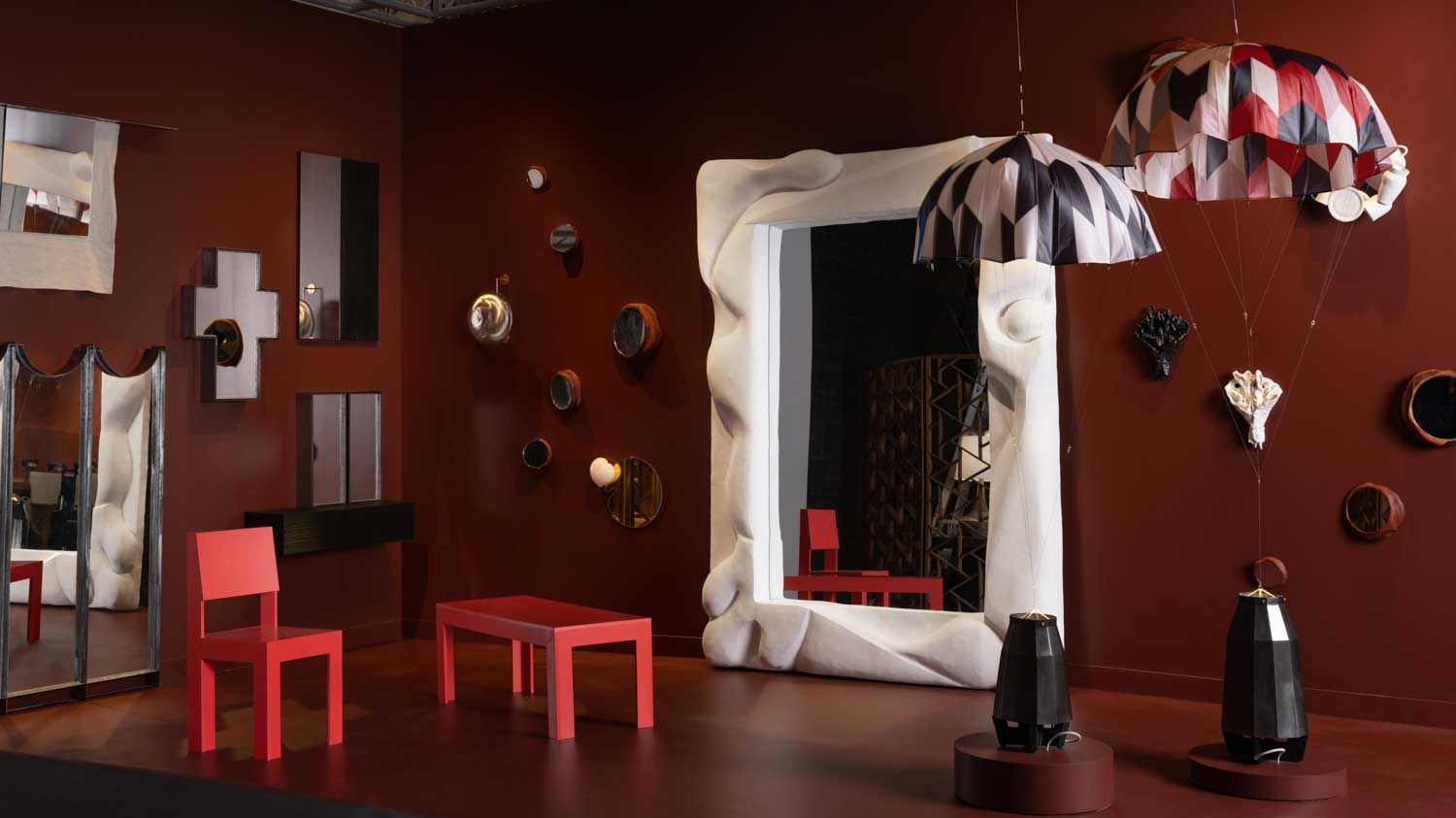 Design Miami 2022: highlights from the fair and around town
Design Miami 2022: highlights from the fair and around townDesign Miami 2022 (30 November – 4 December) aims at ‘rebooting the roots of our relationship with nature and collective structures, ecospheres, and urban contexts’
By Sujata Burman
-
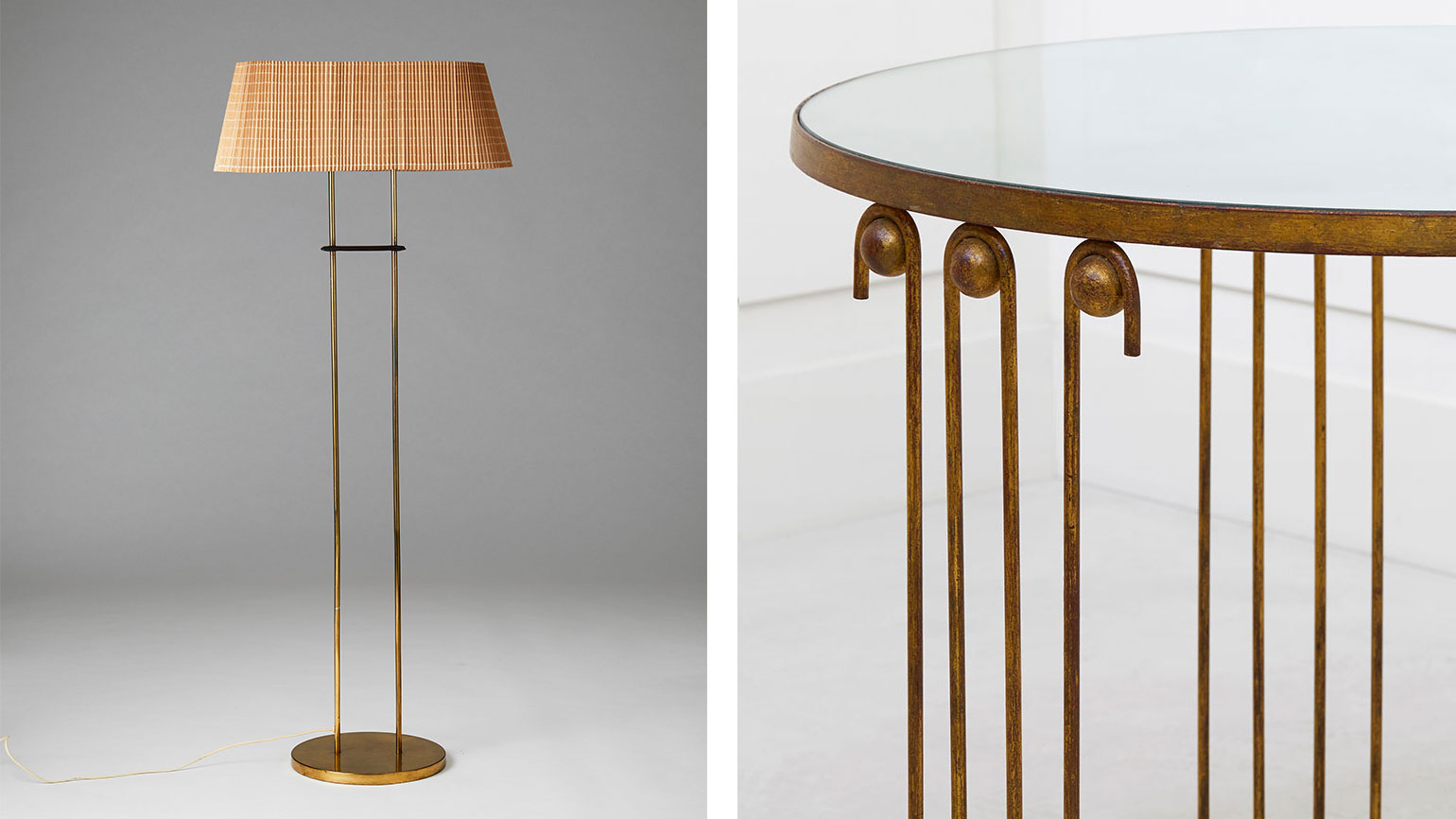 Salon Art + Design 2022: design highlights not to miss
Salon Art + Design 2022: design highlights not to missWallpaper* highlights from Salon Art + Design 2022, New York
By Tilly Macalister-Smith
-
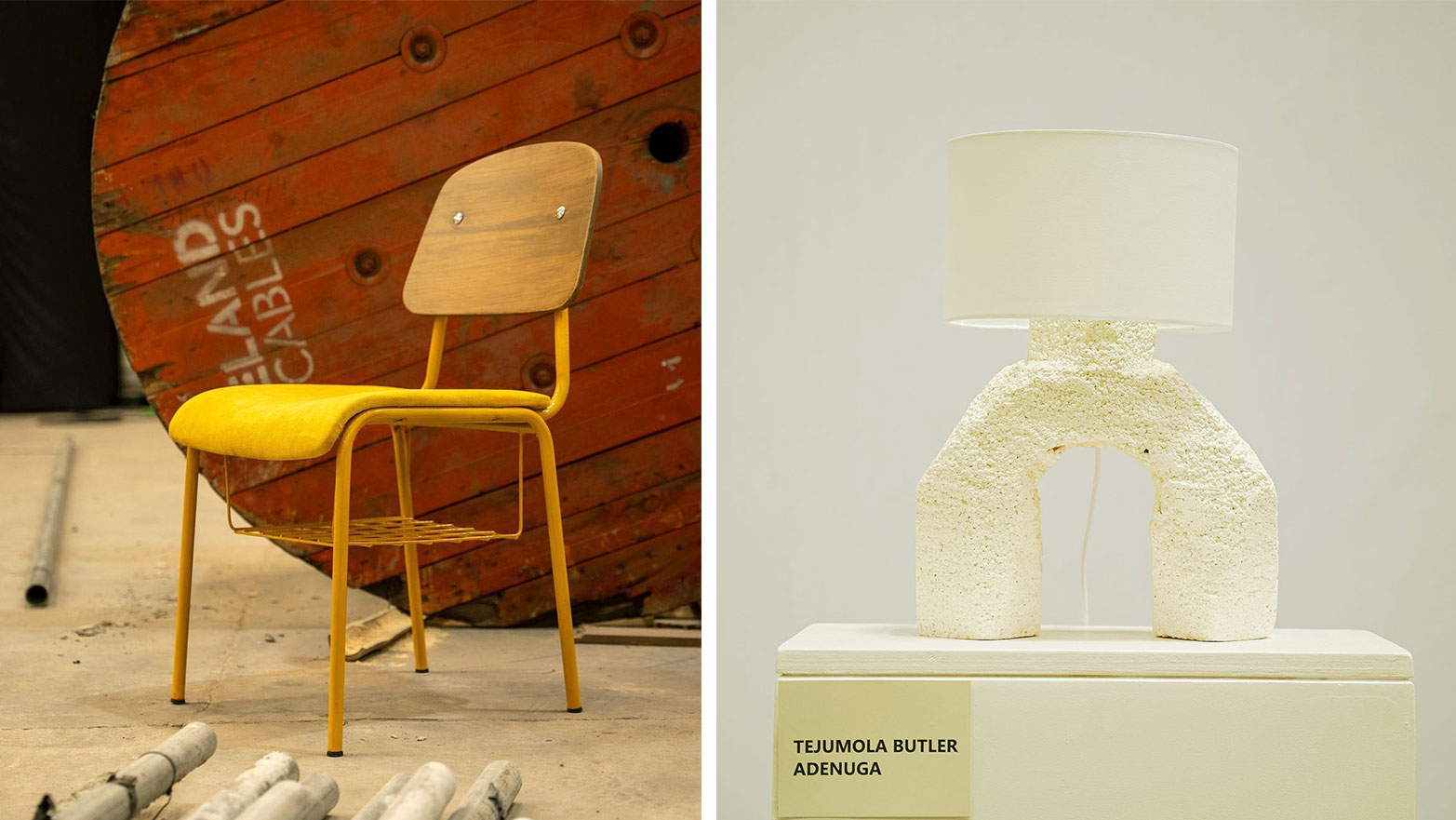 Design Week Lagos 2022 celebrates creativity and innovation in West Africa and beyond
Design Week Lagos 2022 celebrates creativity and innovation in West Africa and beyondCurated by founder Titi Ogufere, Design Week Lagos 2022 is based on a theme of ‘Beyond The Box’
By Ugonna-Ora Owoh
-
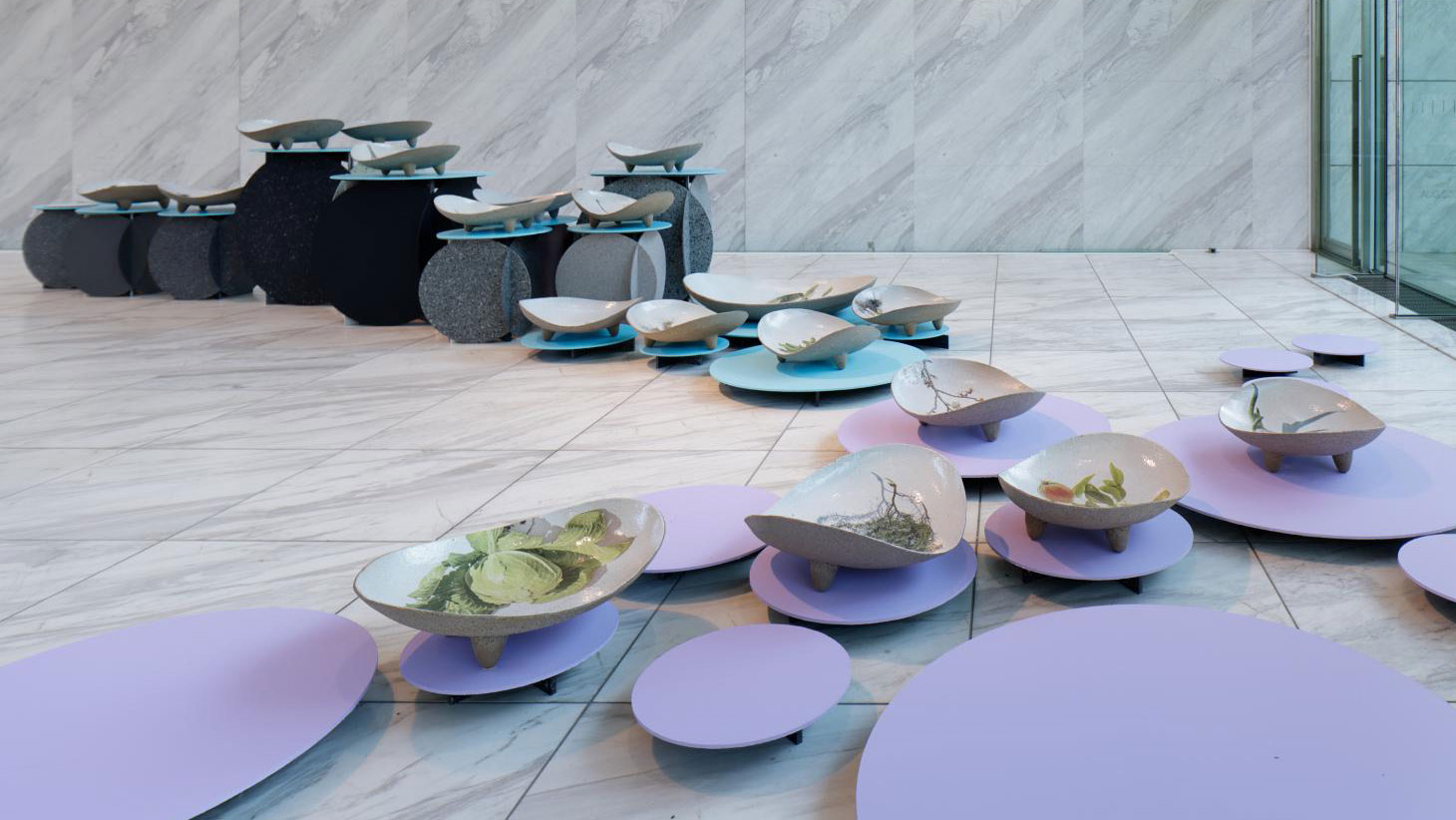 Designart Tokyo transforms the city into a museum of creativity
Designart Tokyo transforms the city into a museum of creativityDesignart Tokyo presents global design highlights through a series of exhibitions involving global creative talent and traditional Japanese craft
By Danielle Demetriou
-
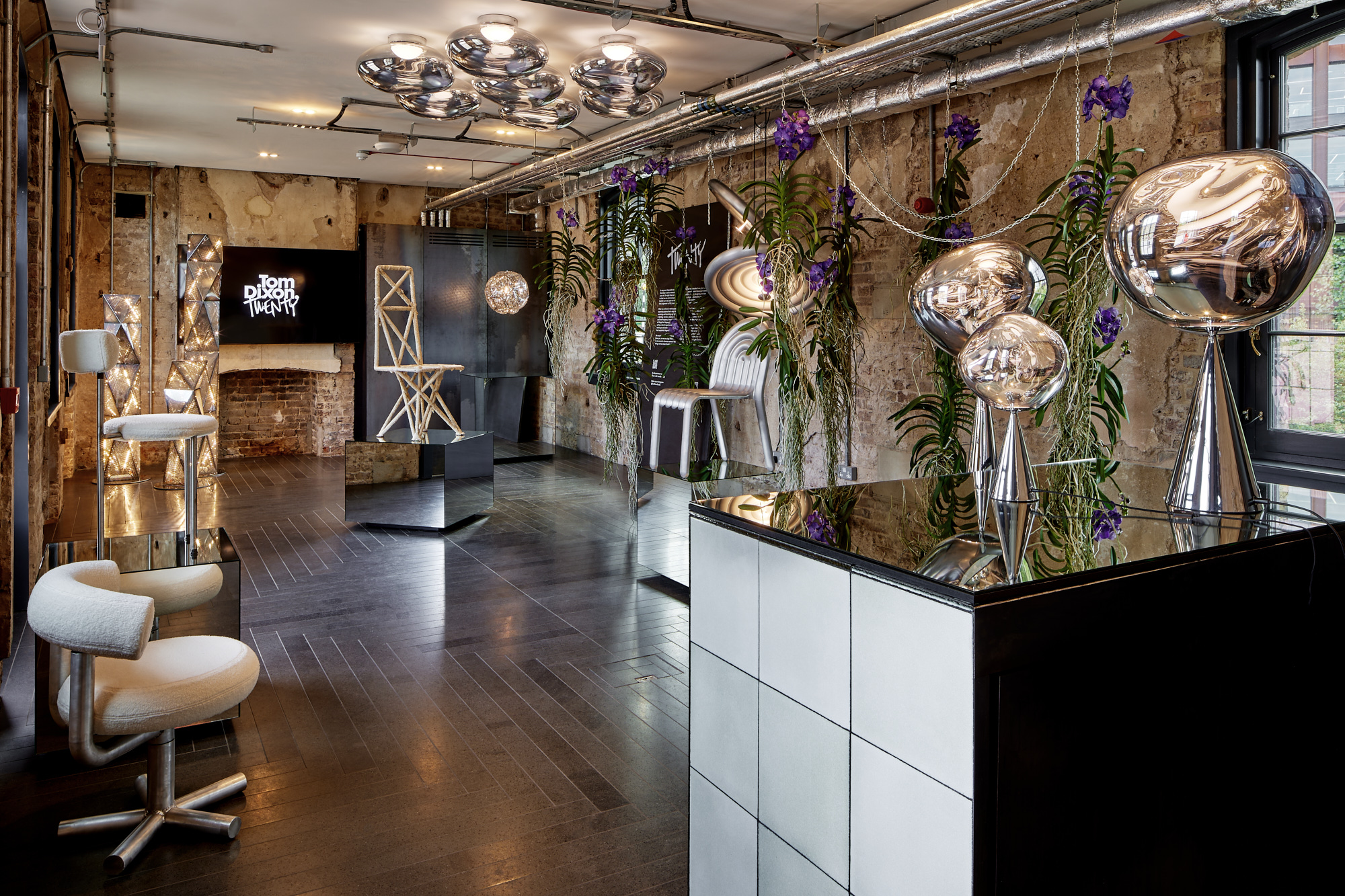 Tom Dixon marks his studio's 20 years with a show of design experiments
Tom Dixon marks his studio's 20 years with a show of design experimentsMushroom, cork, steel coral and more: Tom Dixon showcases an overview of his design experiments as he celebrates his practice's 20 years
By Rosa Bertoli
-
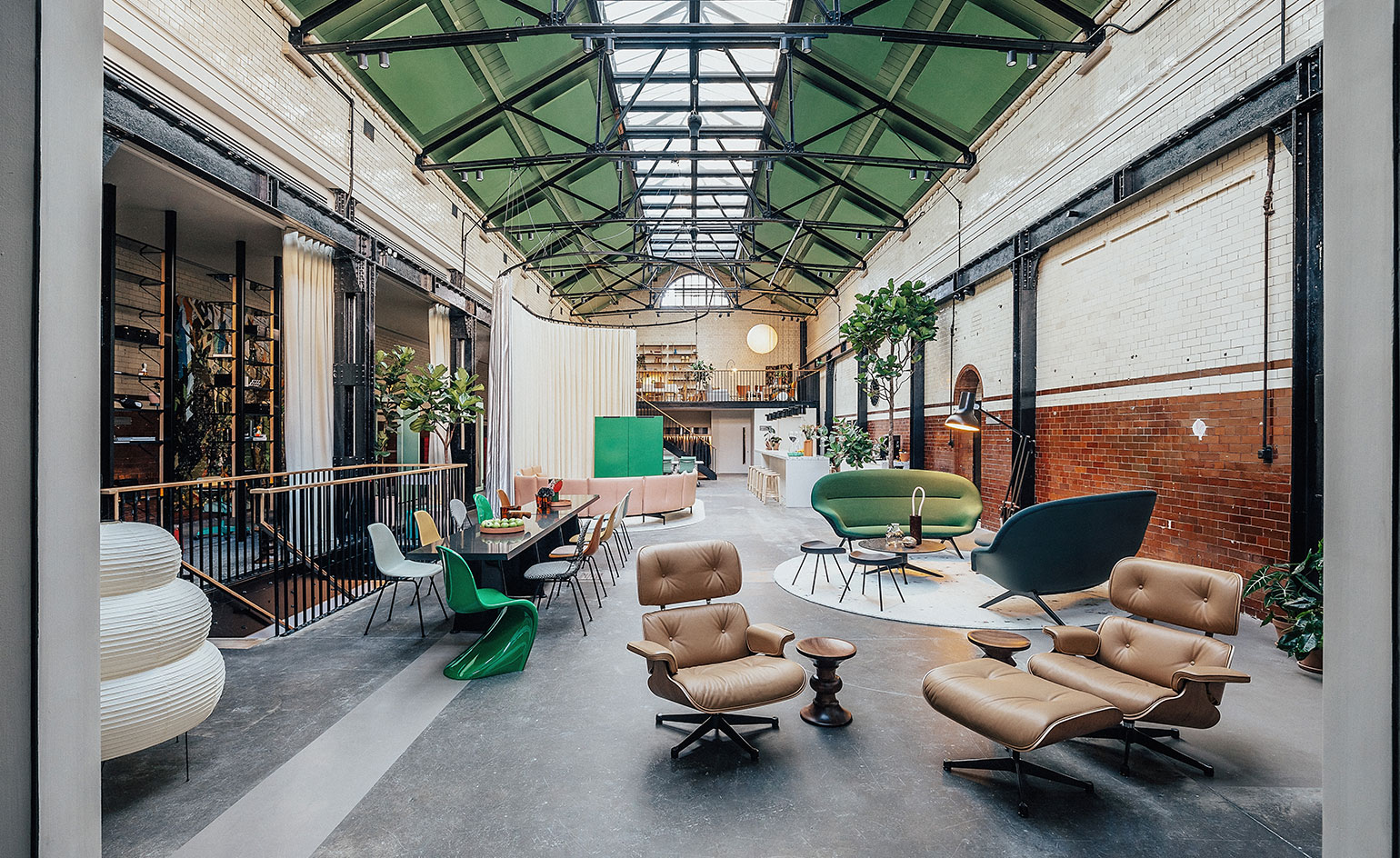 Vitra unveils new London home in the Tramshed, Shoreditch
Vitra unveils new London home in the Tramshed, ShoreditchLondon Design Festival 2022: after a year-long renovation, Vitra opens the door to its new showroom in the heart of Shoreditch
By Rosa Bertoli
-
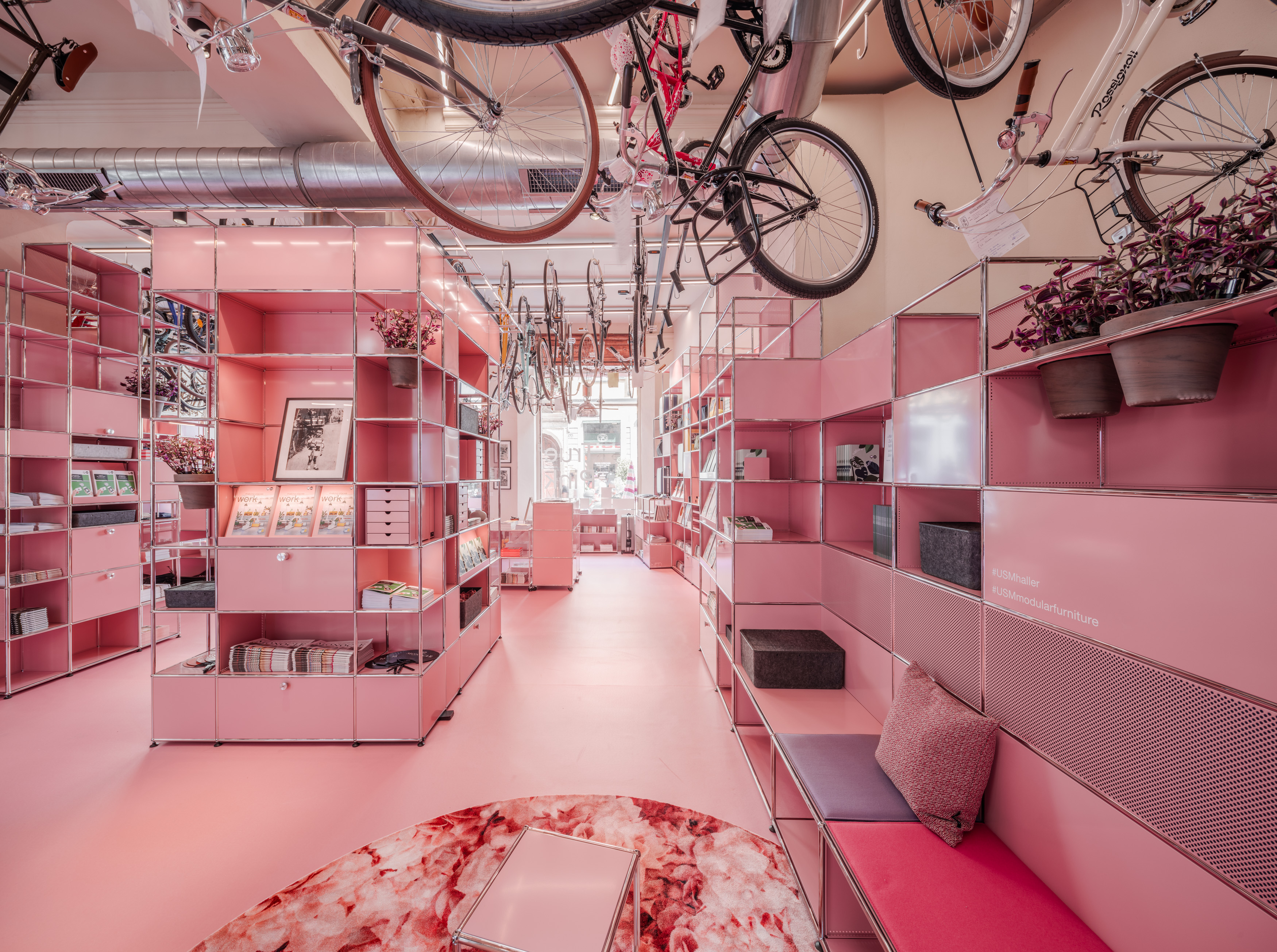 USM launches blushing pink limited edition of its modular furniture
USM launches blushing pink limited edition of its modular furnitureFollowing an installation during Milan Design Week 2022, USM launches a new pink limited edition of its Haller range
By Rosa Bertoli